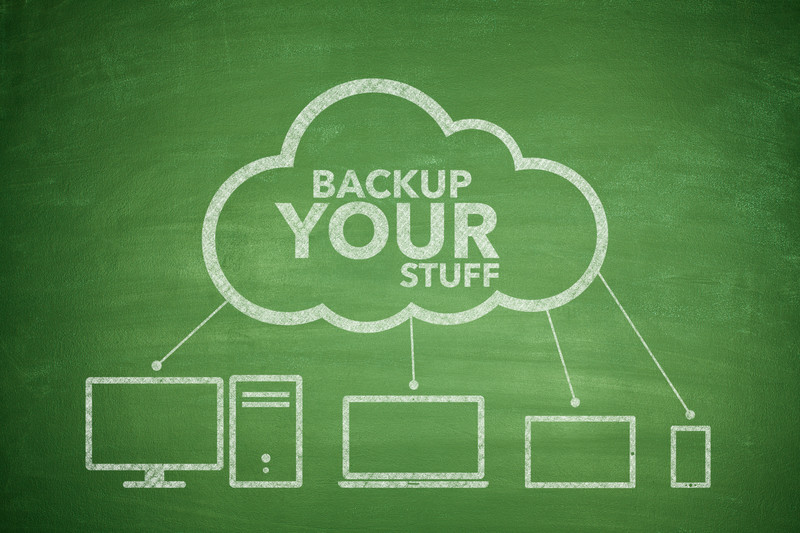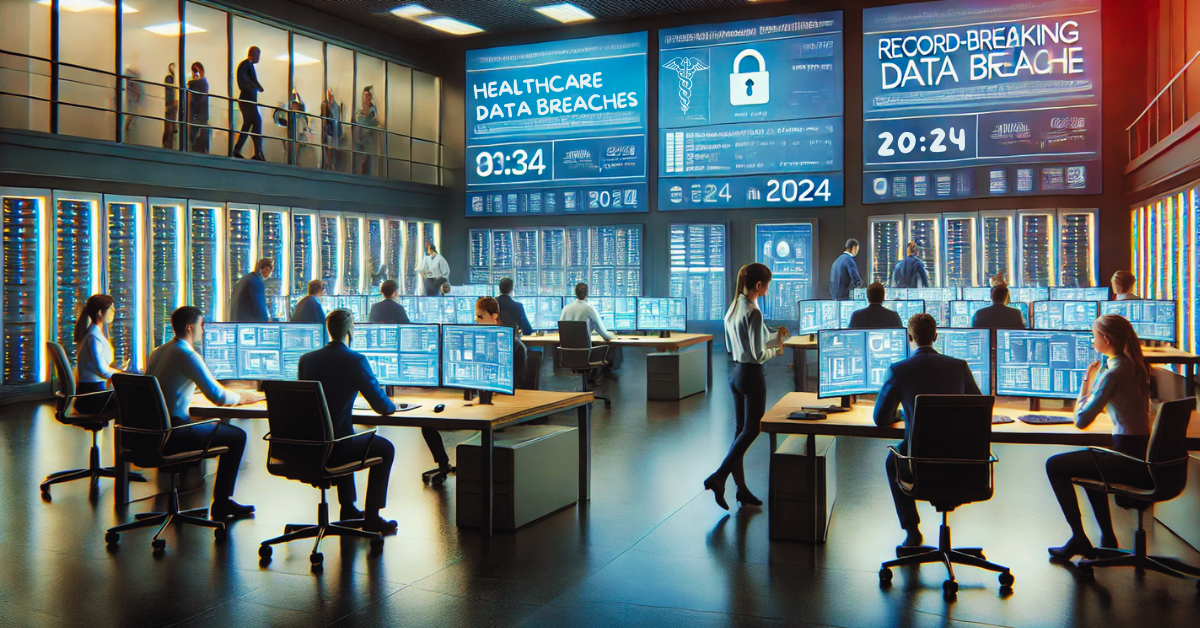This world is moving quickly. From digitizing stock exchanges, to advances in the field of the Internet of Things, the amount of data online is increasing at a surprising rate. We are experiencing the Information Age, where everything we know is being stored through data on computers. On one hand, it has many benefits. On the other hand, it comes with difficulties. Malicious individuals, collectives, or events will attempt to take these benefits away and reduce our sense of security and privacy. In a single stroke of a key, people could lose everything valuable to them. How can they recover? Backups.
The Problem.
Data loss can happen because of numerous reasons. We refer to two of these reasons in this blog post: Ransomware and Natural Disasters.
- Ransomware is a type of malware program that locks up a user’s files unless the user pays a ransom. It turns out that the rate of ransomware is rapidly rising: it has tripled since 2016 and an attack happens every 40 seconds.
- Natural Disasters like earthquakes, tsunamis, and hurricanes may seem like distant and improbable threats, but if they do strike, data shows 80% of companies that can’t operate for longer than 5 days go out of business.
Backups: The Solution.
Preserving a second copy of your critical information that can easily be lost is an easy solution. Using an external hard drive or USB drive to back up small or large amounts of personal information can help you restore your personal data in the event of a loss. Please make sure to backup personal and work computers, mobile devices, files belonging to websites, etc. as soon as possible. For work computers, be sure to follow your company’s policies and procedures with respect to backing up data.
March 31, 2018 is World Backup Day. Join the World Backup Day Pledge - to back up your data and to inform friends about this issue.
To learn more go to http://www.worldbackupday.com/en/.
By Akash Deo.







